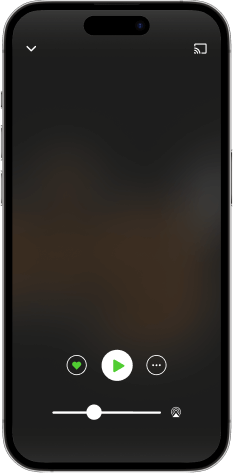DogMA - keeping dogs moving
Our latest podcast discusses the newly launched DogMA app with researchers Dr Natasha Clark and Professor Eithne Comerford. Mobility issues from musculoskeletal diseases, like osteoarthritis, affect around 200,000 dogs annually, posing a significant challenge to their health and welfare. Although these diseases can affect dogs of any age, owners often miss early, subtle signs of gait abnormalities, leading to late diagnosis of osteoarthritis. The DogMA app was developed to address this by enabling early detection of mobility problems, including subtle signs of discomfort or decline often overlooked in routine care. DogMA is supported by scientific research led by Dr. Natasha Clark at the University of Liverpool, under the supervision of Professors Eithne Comerford and Karl Bates, in collaboration with Dogs Trust. By using the app for regular assessments, users can also contribute anonymized data to ongoing research at the University of Liverpool, helping to advance the understanding of canine mobility across the UK.ReferencesHere is the link to the paper discussed in today’s podcast:Clark NL, Bates KT, Harris LK, Tomlinson AW, Murray JK, Comerford EJ. GenPup-M: A novel validated owner-reported clinical metrology instrument for detecting early mobility changes in dogs. PLoS One. 2023 Dec 27;18(12):e0291035. doi: 10.1371/journal.pone.0291035. PMID: 38150469; PMCID: PMC10752556.University of Liverpool page launching DogMAhttps://www.liverpool.ac.uk/life-course-and-medical-sciences/research/dogma/Download the app for free from your app store:Android: DogMA in the Google Play StoreiOS: DogMA in the Apple App StoreThis is the paper documenting radiographic and clinical OA in 23% of dogs less than 4 years of age:Enomoto M, de Castro N, Hash J, Thomson A, Nakanishi-Hester A, Perry E, Aker S, Haupt E, Opperman L, Roe S, Cole T, Thompson NA, Innes JF, Lascelles BDX. Prevalence of radiographic appendicular osteoarthritis and associated clinical signs in young dogs. Sci Rep. 2024 Feb 3;14(1):2827. doi: 10.1038/s41598-024-52324-9. PMID: 38310147; PMCID: PMC10838335. These are the COAST guidelines:Cachon T, Frykman O, Innes JF, Lascelles BDX, Okumura M, Sousa P, Staffieri F, Steagall PV, Van Ryssen B. COAST Development Group's international consensus guidelines for the treatment of canine osteoarthritis. Front Vet Sci. 2023 Aug 3;10:1137888. doi: 10.3389/fvets.2023.1137888. PMID: 37601753; PMCID: PMC10436090.


